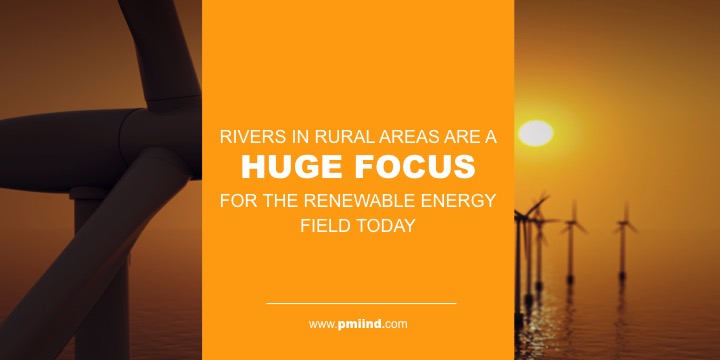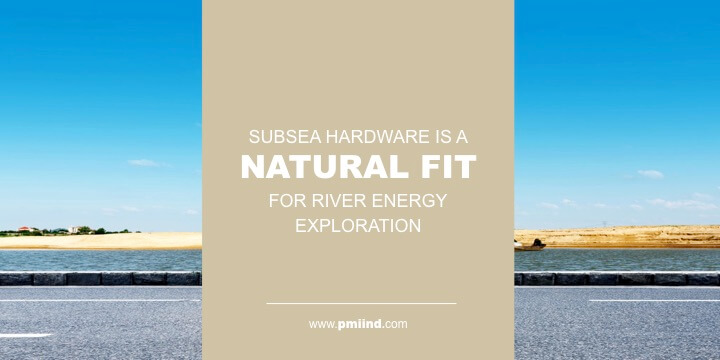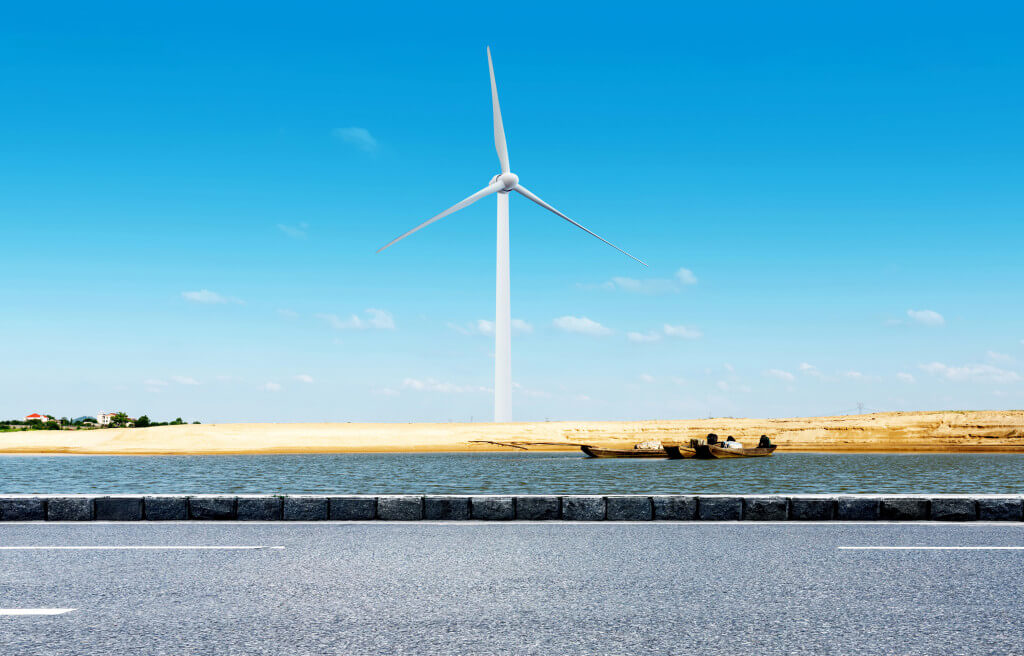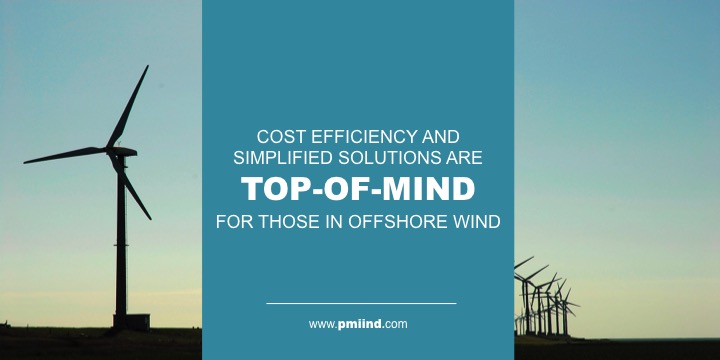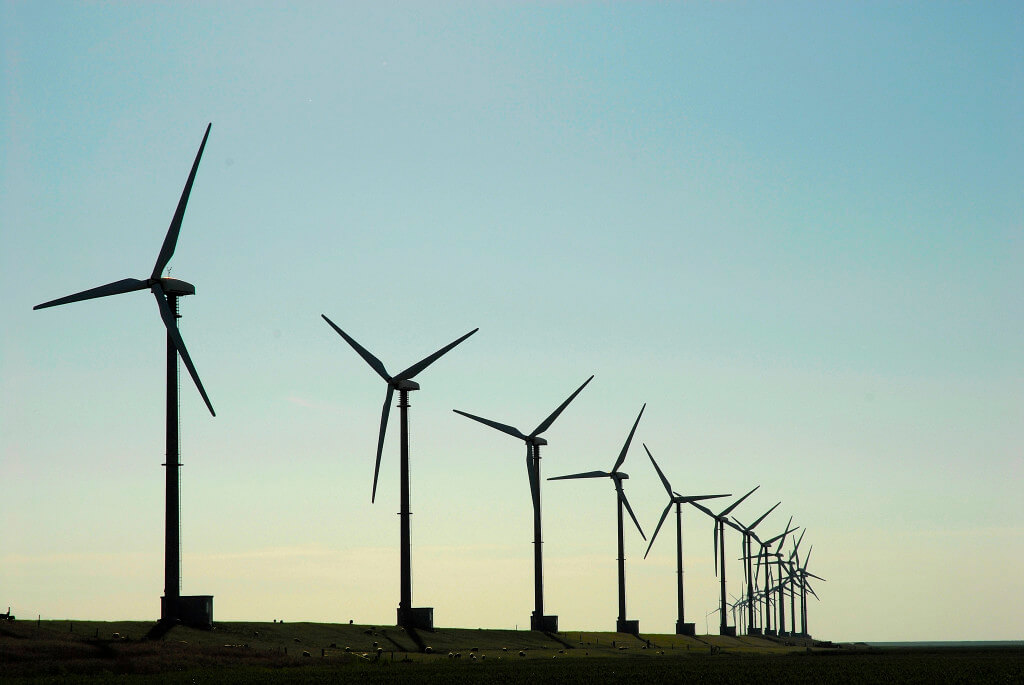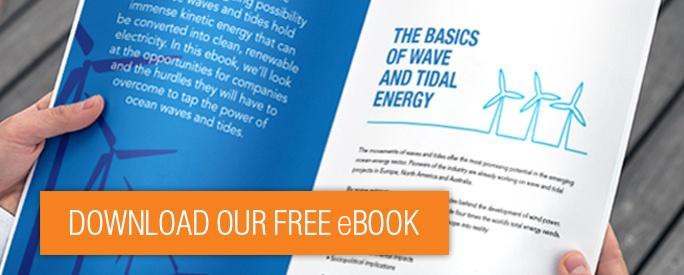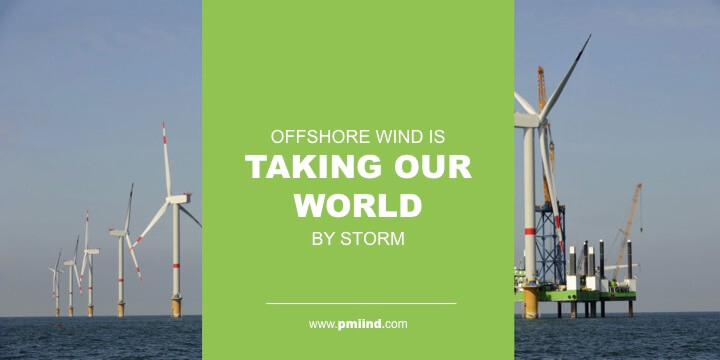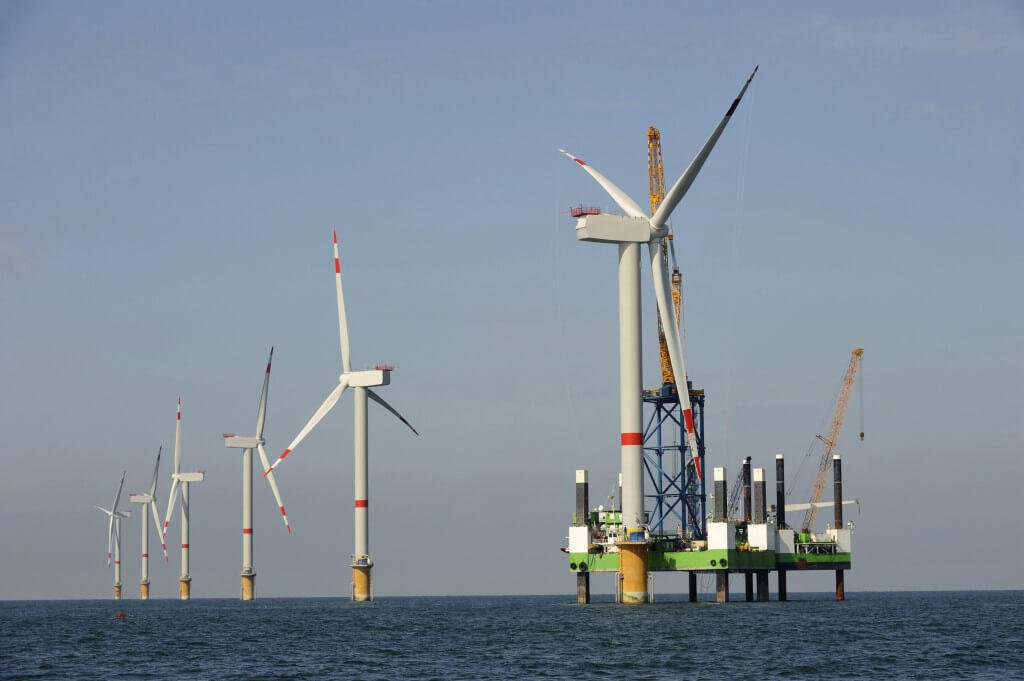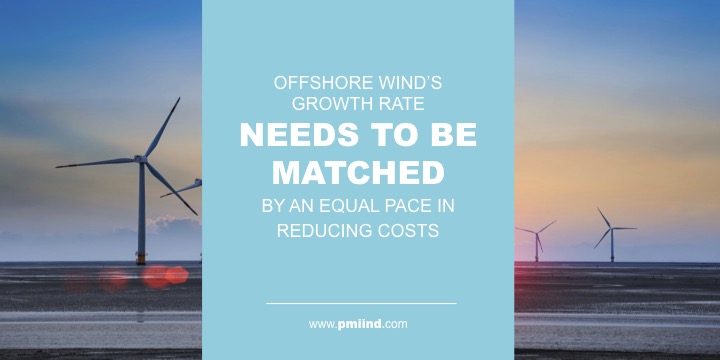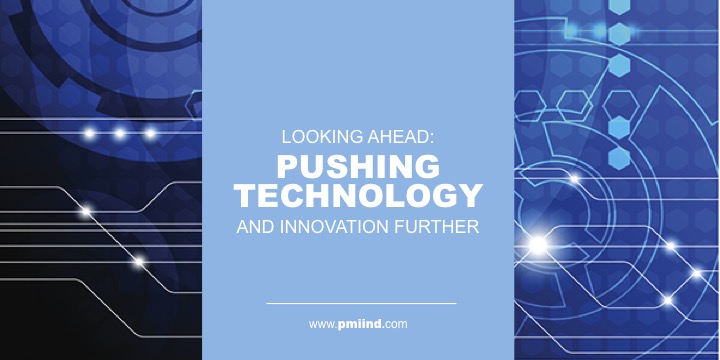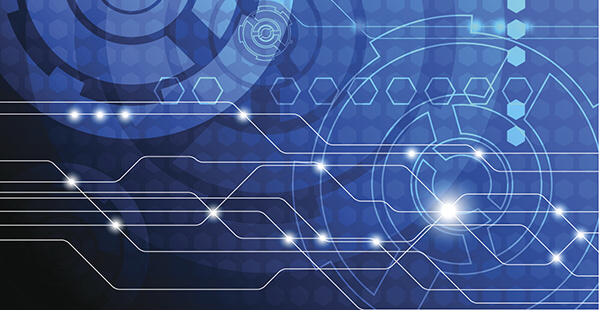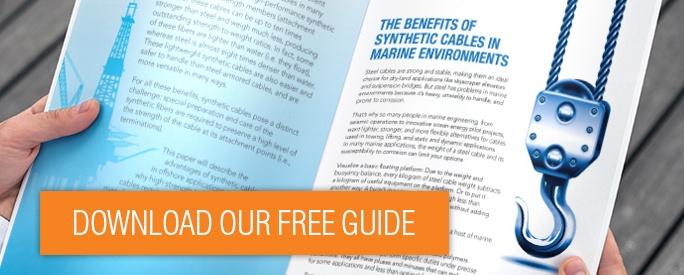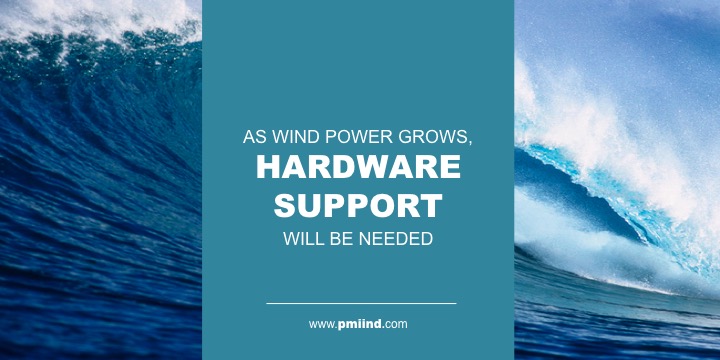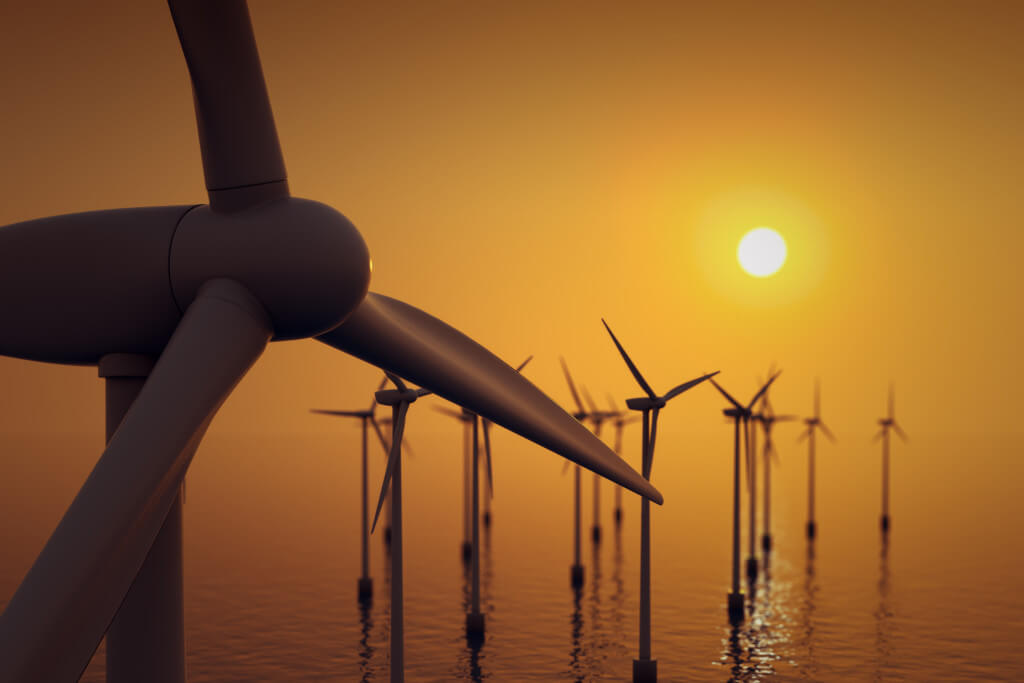
For decades, PMI has been extremely focused on building the best products that withstand the extreme environments of the deep ocean. But as we’ve come to work with Offshore Wind and Renewable Energy companies, we understand our product doesn’t have to be used in the deepest and harshest place on our planet, the sea. Instead, rivers in rural areas are a huge focus of the renewable energy field today. And these companies are offering solutions that serve a large portion of the population, who still have no access to electricity.
……………………………………………………………………………………………………………………
We see a great future in the power coursing through our rivers. And, of course, we will be providing cable equipment for these projects as they evolve. If you want to know more about our custom engineered cable hardware equipment, schedule to talk to our experts today.

……………………………………………………………………………………………………………………
India is facing an energy revolution. Despite broad grid coverage, electricity supply in remote areas remains unreliable. For the future, the government is setting a favorable political scenario by introducing solutions for decentralized electrification based on renewable energies, such as photovoltaic (PV), small wind, and explicitly kinetic hydropower.
Companies such as Smart Hydro Power have the advantage of realizing its systems in rural areas, without the requirement for any kind of infrastructure, suitable for running canals, rivers and streams, which inhabit a large portion of India’s typography. At the distribution part of this system, integrated load management introduces an auxiliary productive load – a water purification plant – that utilizes all excess energy and stabilizes the micro grid with variable operation. Through this feature, additional value is brought to the lifestyle of people residing in these communities. Read more…
The main ambition behind the development of the Smart Hydro Power turbine was cost efficiency. Selected materials had to be robust and yet affordable which resulted in a majority of HDPE, aluminum and stainless steel components. The turbine consists of a three bladed rotor, a 5 kW generator, the floating body consisting of a three piece diffusor and two floats.
Watch how it works here: http://www.smart-hydro.de/en/product/turbine.html
Drawing energy from river currents represents a massive untapped source of electricity development. This is especially true in countries like Canada, where rivers and coastal waters provide an enormous range of development options that can provide growth and economic benefits.
Indeed, Canada is emerging as a leader in the global marine renewable energy industry, thanks to supportive government policies, shared infrastructure and strategic research initiatives. These facts provided the backdrop for last week’s Marine Renewables Canada 2015 Annual Conference, where PMI was among the vendors showcasing products and services in the fast-growing renewables market.
At PMI, we’re already reaching out to companies in the offshore-wind sector, and we’re seeing the potential of freshwater rivers to provide clean, renewable energy.
River energy initiatives provide a new twist on age-old technology: the water wheel. New ventures in this sector are exploring placing turbines — much like you’d see on a jet aircraft — deep in the waters of a river. Water turns the blades, generating kinetic energy that can be converted into electricity.
This creates the potential to fix the one major drawback of hydroelectric projects: massive dams that devastate the local environment. Rivers also can provide power around the clock, unlike solar panels.
Canadian businesses and researchers are unlocking the potential of marine renewable energy through innovations and new approaches to key challenges in the lifecycle of wave, tidal and river projects. Solving problems here definitely opens opportunities in the global market.
PMI is proud to be on the cutting edge of this opportunity, supplying contractors with our proven subsea hardware equipment for river energy exploration. At Marine Renewables Canada 2015, we gobbled up knowledge on topics including:
- Technical acceptability — an international effort to reduce technical risk
- Building scale — an international project pipeline
- Supplying the industry — device development
We see a great future in the power coursing through our rivers. And, of course, we will be providing cable equipment for these projects as they evolve. If you want to know more about our custom engineered cable hardware equipment, schedule to talk to our experts today.
Offshore wind might be a new industry, but they are as just as focused on cost efficiencies and simplified solutions as our clients in oil and gas. Those who support them need to supply and produce reliable products that increase performance and lower costs.
Our past customers pushed us to innovate and develop “No Tools Required” custom cable systems, and our in-depth hydrodynamic efficiency studies are helping other companies innovate new systems on existing subsea cable devices and analyze cost saving opportunities.
And we are not alone in our efforts. German industrial group Siemens unveiled a new direct-current solution for connecting offshore wind turbines to the grid which can lower costs by as much as 30%. Read more.
You may not have noticed, but offshore wind is taking our world by storm.
Since offshore wind turbines are transported by ships and barges, they easily reduce logistical challenges that land-based turbines encounter, such as narrow roadways or tunnels. This allows offshore wind developers to build larger turbines capable of producing more electricity.
But what’s really exciting is that offshore wind turbines can float. Several U.S. companies are developing innovative floating offshore wind platforms for use in deep waters. These floating platforms are placed in water depths where bottom-mounted towers are not feasible. Their structures are tethered to the seabed with cables.
And where there are cables, there is cable hardware.
We’ve been creating subsea cable hardware for years. Today our products, which offer protection against cable bending and abrasion, are being adapted for the renewable energy field.
This need for subsea cable hardware will be on the rise right along with the demand of
clean, renewable energy to fulfill the electrical needs of cities along U.S. coastlines. And being located near the east coast, where many of the first offshore wind farms will be developed, means we are a close resource for the industry.
Read more about our thoughts on wind energy.
Here are all top 10 things you didn’t know about offshore wind energy.

Although we are located in the States, we assist companies world-wide with marine cable hardware, deployment, and management. Therefore, we’ve had a front row seat watching Europe position itself as a leader and pioneer in addressing climate change, creating jobs in the offshore wind sector, and reducing fossil fuel imports.
And while offshore wind is years behind onshore wind, the industry is displaying one of the fastest growth rates in the industry. The pace of growth, however, needs to be matched by an equal pace in reducing costs. Success will depend not only on how much it can reduce costs, but also how fast it can reduce costs.
As the U.S. starts installing the foundations for their first offshore wind farm, they will have these same issues to contend with as well as the struggling opposition found along our coast.
Read more about offshore wind here.
Read more about North America’s first offshore wind farm:
Rhode Island’s Deepwater Wind will start installing the foundations for North America’s first offshore wind farm on Monday, a milestone the company says could pave the way for an industry long established in Europe but that is still struggling with opposition in the United States.
Forward-thinking and progressive companies will push sustainable energy technology and innovation further, testing its boundaries. These companies will advance as they see the value in environmental advocacy. They will be very focused on time and cost cutting methods. At PMI, we are looking into the future with these companies, helping reduce their costs through the use of hydrodynamic efficient hardware. Our in-depth hydrodynamic efficiency studies can be done on existing subsea devices for a complete cost analysis, as well.
In the world of energy, time and money are of the essence. Whether it be meeting projects completions, cost recovery or investor returns, entering the sustainable energy market has very real risks. All variables in the energy sector are related to time and cost. This is even truer in the sustainable energy sector. In order to get off the ground floor, in order to thrive, new emerging technologies and companies in this sector will require the removal of barriers to entry, which at times contain the much maligned red-tape. Read more…
One way PMI Industries is able to help companies accelerate and streamline subsea projects is by designing and testing cable hardware solutions upfront. In our Independent Test Lab, your engineers simulate service conditions experienced by underwater cable systems and devices. Once testing is completed, the implementation cycle is accelerated, ensuring projects like RiCORE run smoothly.
The RiCORE (Risk Based Consenting for Offshore Renewable Energy) project has been awarded €1.4 million from the European Commission’s competitive Horizon 2020 programme.
Led by Robert Gordon University (RGU), a group comprising teams from Ireland, Spain, Portugal, France and Scotland will look at ways of accelerating and streamlining the environmental requirements associated with consents for offshore wind, wave and tidal projects. Read more…
As wind power grows in the UK, it is certain to grow in the US. PMI’s experience designing and producing reliable cable systems for offshore wind projects will benefit companies looking to innovate, increase performance and lower costs.
The UK Department of Energy and Climate Change has released results of a public attitude tracking survey, which shows support for offshore wind power has remained stable since the last survey.
According to DECC’s findings, support for individual renewable energy sources remain positive; offshore wind (74%), onshore wind (68%), wave and tidal (74%) and solar (81%). Read more…

